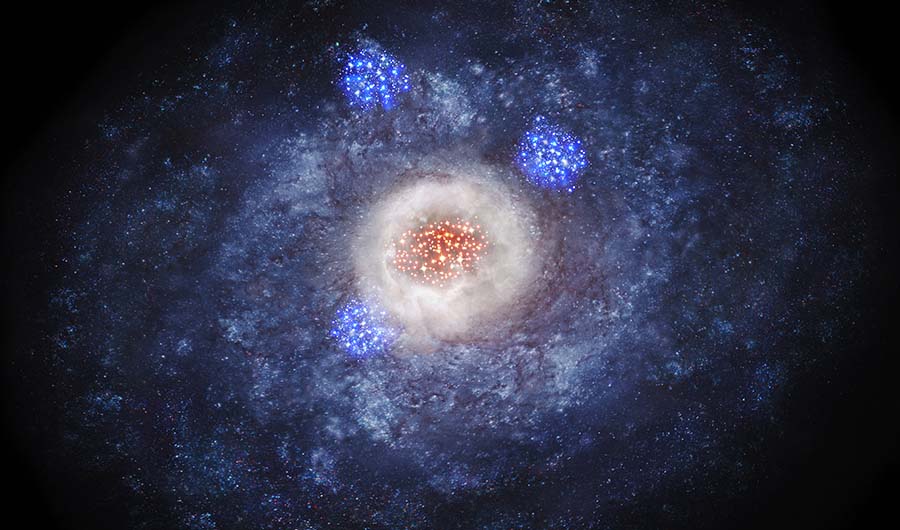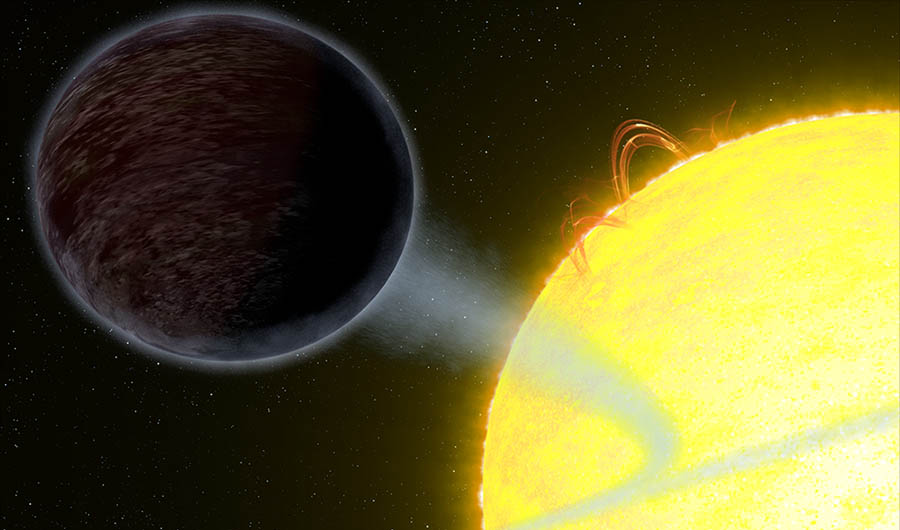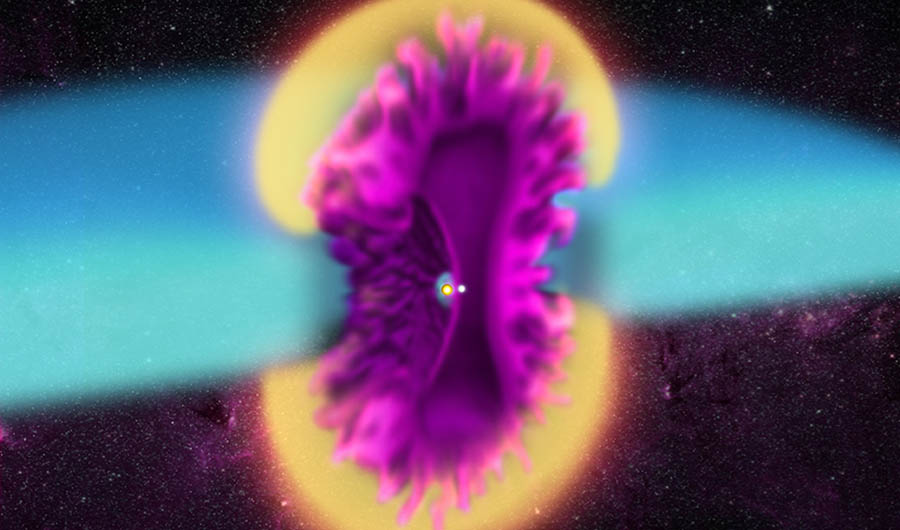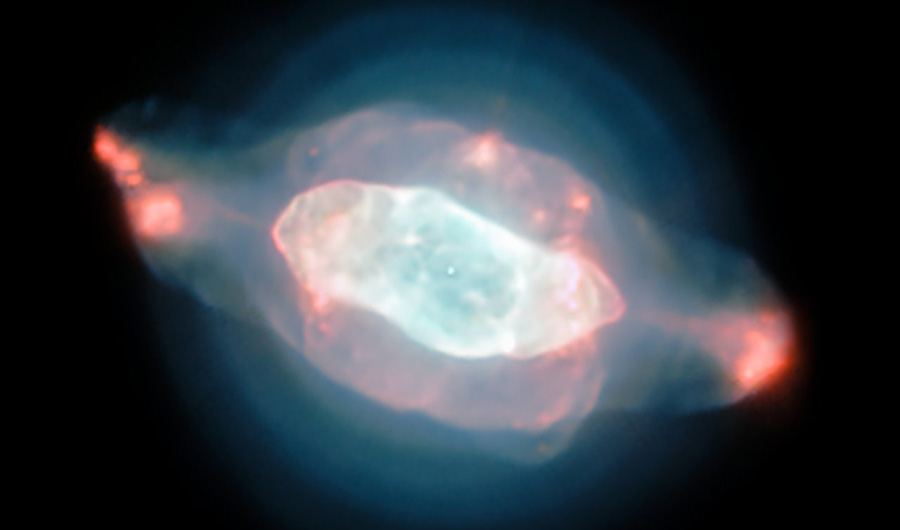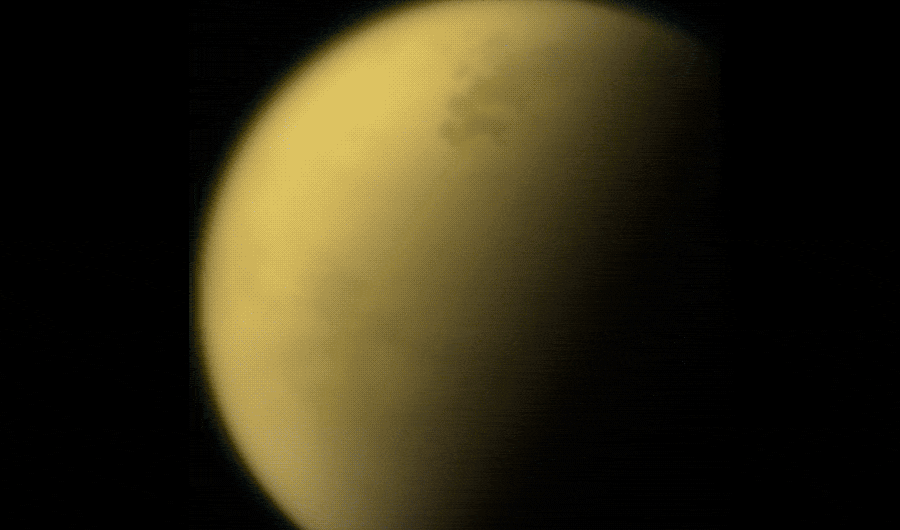September's Stunning Space Pictures
A round-up of the latest astronomical illustrations and a salute to Cassini.
Image
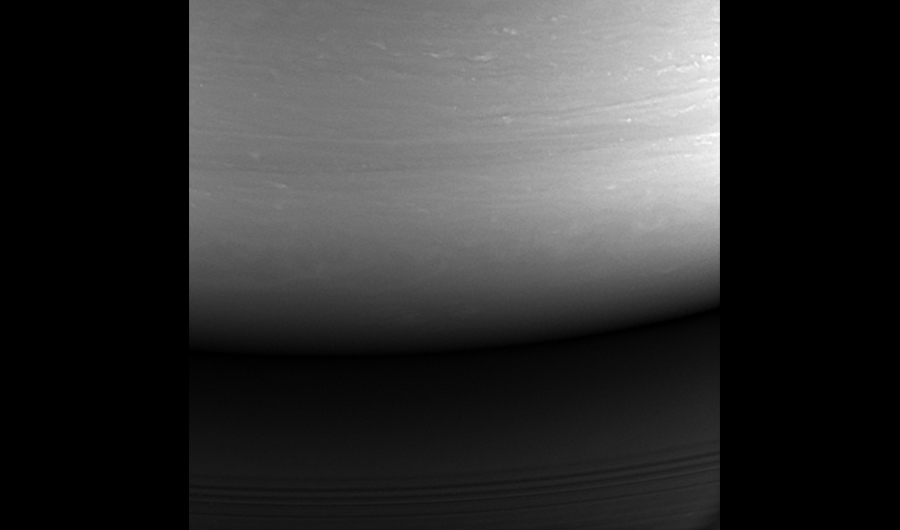
Cassini's final image, taken by the spacecraft as it looks towards Saturn's night side.
Media credits
(Inside Science) -- This month, we journey the universe through illustrations of astronomy discoveries from across September. We also salute the Cassini space probe after it completed its final mission.
Filed under

